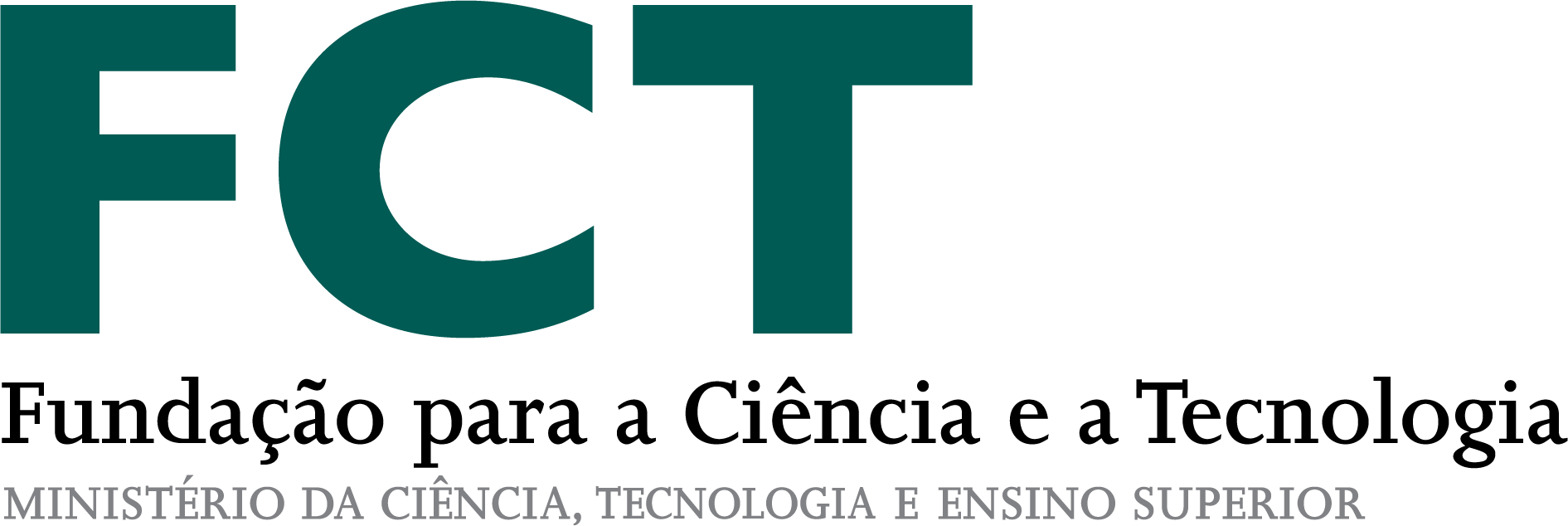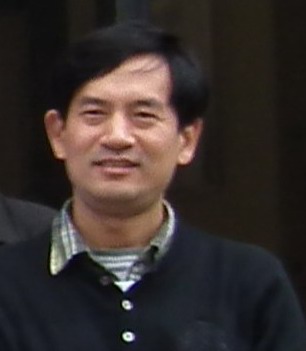 25/06/2014, 11:30 — 12:30 — Room P3.10, Mathematics Building
25/06/2014, 11:30 — 12:30 — Room P3.10, Mathematics Building
Siye Wu, University of Hong Kong
Branes and quantization for mathematicians (III)
Branes are extended objects that define the boundary conditions of sigma models. These lectures cover the geometry of branes, their roles in duality and mirror symmetry, and the relation to quantization.
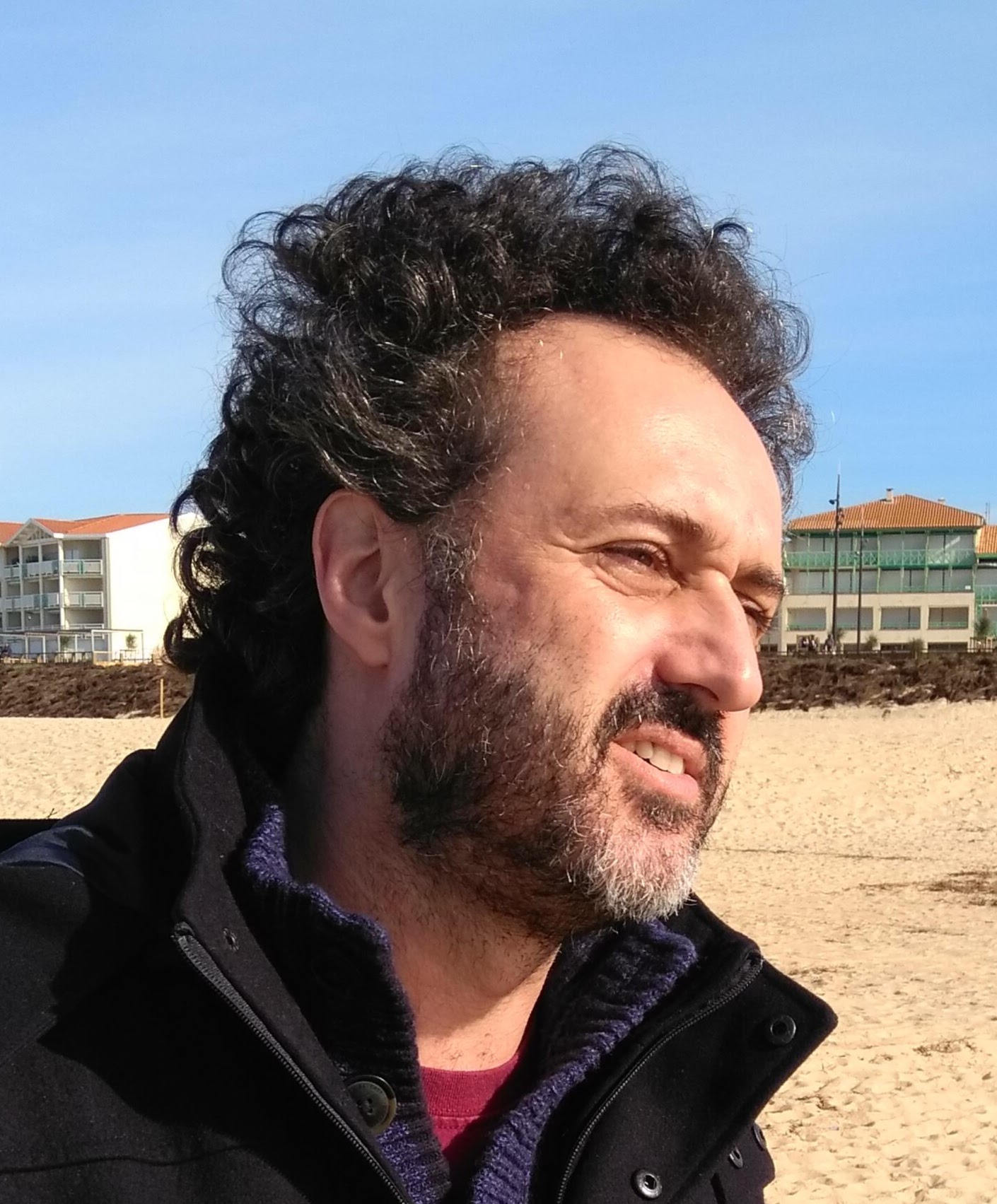 25/06/2014, 10:00 — 11:00 — Room P3.10, Mathematics Building
25/06/2014, 10:00 — 11:00 — Room P3.10, Mathematics Building
Bertrand Toën, Université de Montpellier 2
Quantization in the context of derived algebraic geometry (III)
This last lecture is concerned with the construction of deformation quantization of moduli spaces endowed with shifted symplectic structures. More generally, I will present the notion of shifted Poisson structures as well as a shifted version of Kontsevich's formality theorem. I will explain how this implies the existence of quantizations. The lecture will end with examples, some recovering well known quantum objects (e.g. quantum groups), and some new.
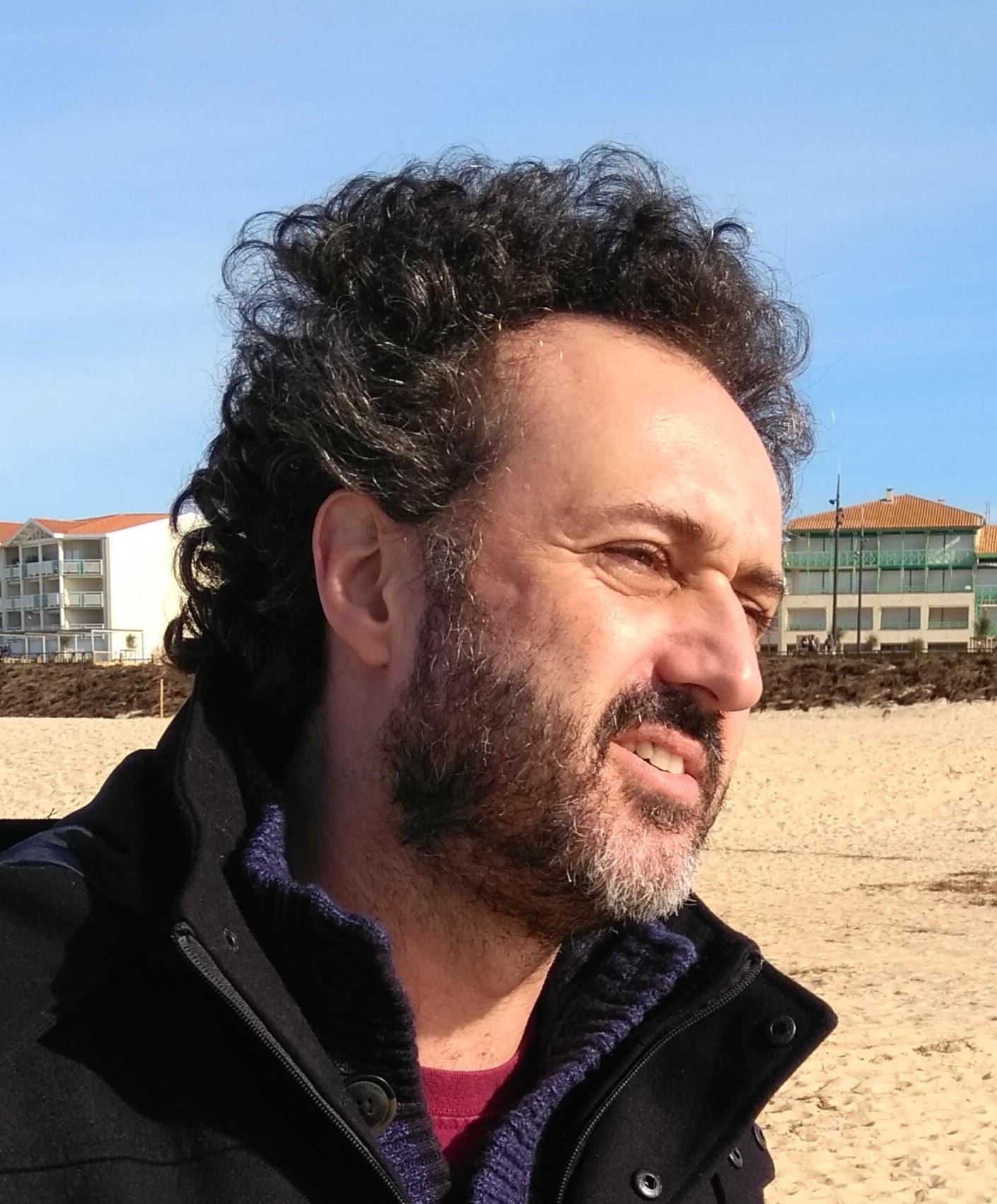 24/06/2014, 11:30 — 12:30 — Room P3.10, Mathematics Building
24/06/2014, 11:30 — 12:30 — Room P3.10, Mathematics Building
Bertrand Toën, Université de Montpellier 2
Quantization in the context of derived algebraic geometry (II)
In this second lecture I will present more about derived algebraic geometry and will introduce the notion of shifted symplectic structures. I will state several existence theorems and deduce that many moduli spaces, when suitably considered as derived algebraic stacks, are endowed with natural shifted symplectic structures.
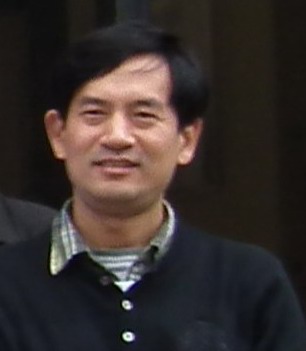 24/06/2014, 10:00 — 11:00 — Room P3.10, Mathematics Building
24/06/2014, 10:00 — 11:00 — Room P3.10, Mathematics Building
Siye Wu, University of Hong Kong
Branes and quantization for mathematicians (II)
Branes are extended objects that define the boundary conditions of sigma models. These lectures cover the geometry of branes, their roles in duality and mirror symmetry, and the relation to quantization.
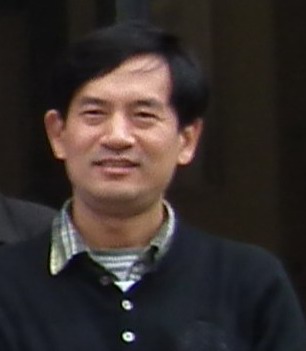 23/06/2014, 11:30 — 12:30 — Room P3.10, Mathematics Building
23/06/2014, 11:30 — 12:30 — Room P3.10, Mathematics Building
Siye Wu, University of Hong Kong
Branes and quantization for mathematicians (I)
Branes are extended objects that define the boundary conditions of sigma models. These lectures cover the geometry of branes, their roles in duality and mirror symmetry, and the relation to quantization.
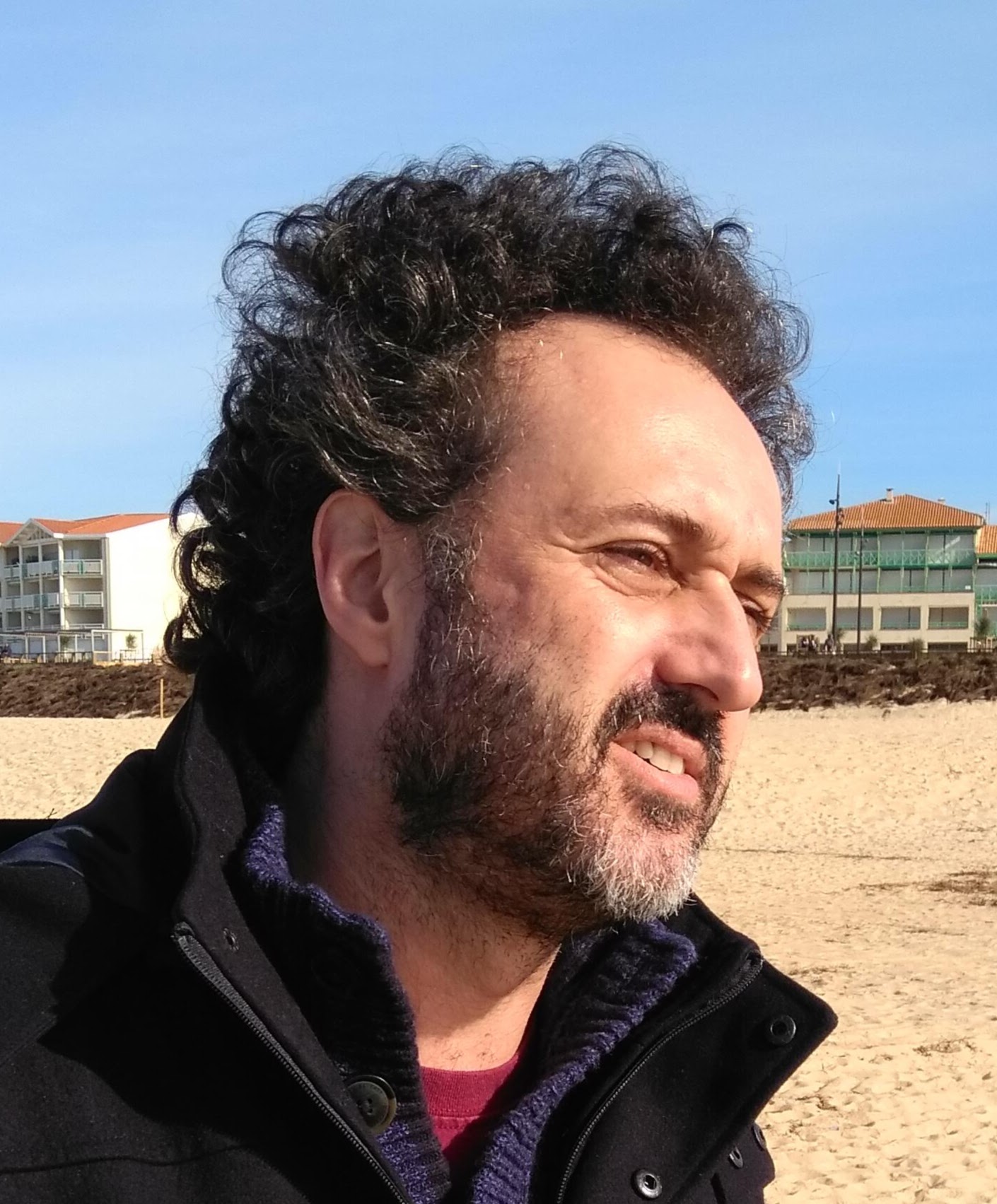 23/06/2014, 10:00 — 11:15 — Room P3.10, Mathematics Building
23/06/2014, 10:00 — 11:15 — Room P3.10, Mathematics Building
Bertrand Toën, Université de Montpellier 2
Quantization in the context of derived algebraic geometry (I)
I will present the main objective of the series of lectures, namely the construction of deformation quantization of certain moduli spaces. In a second part I will present some of the basic notions of derived algebraic geometry, such as derived schemes and derived algebraic stacks.
26/06/2013, 16:00 — 17:00 — Room P3.10, Mathematics Building
Song Sun, Imperial College
Kähler-Einstein metrics and stability (IV)
In these lectures we will explain the recent proof by X-X. Chen, S. K. Donaldson and the speaker on Yau's conjecture relating existence of Kähler-Einstein metrics on Fano manifolds to algebro-geometric K-stability. We will describe the main problem, outline the strategy and highlight some technical aspects involved in the proof.
26/06/2013, 11:00 — 12:00 — Room P3.10, Mathematics Building
Song Sun, Imperial College
Kähler-Einstein metrics and stability (III)
In these lectures we will explain the recent proof by X-X. Chen, S. K. Donaldson and the speaker on Yau's conjecture relating existence of Kähler-Einstein metrics on Fano manifolds to algebro-geometric K-stability. We will describe the main problem, outline the strategy and highlight some technical aspects involved in the proof.
25/06/2013, 11:00 — 12:00 — Room P3.10, Mathematics Building
Song Sun, Imperial College
Kähler-Einstein metrics and stability (II)
In these lectures we will explain the recent proof by X-X. Chen, S. K. Donaldson and the speaker on Yau's conjecture relating existence of Kähler-Einstein metrics on Fano manifolds to algebro-geometric K-stability. We will describe the main problem, outline the strategy and highlight some technical aspects involved in the proof.
24/06/2013, 16:00 — 17:00 — Room P3.10, Mathematics Building
Song Sun, Imperial College
Kähler-Einstein metrics and stability (I)
In these lectures we will explain the recent proof by X-X. Chen, S. K. Donaldson and the speaker on Yau's conjecture relating existence of Kähler-Einstein metrics on Fano manifolds to algebro-geometric K-stability. We will describe the main problem, outline the strategy and highlight some technical aspects involved in the proof.
25/07/2012, 15:45 — 16:45 — Room P3.10, Mathematics Building
Bruno Oliveira, University of Miami and New York University
Symmetric differentials and fundamental group (II)
The relationship between the algebra of symmetric differentials (sections of the symmetric powers of the holomorphic cotangent bundle) and the topology of a projective manifold is still considered quite mysterious. In general this relationship will be quite loose, since for example it is known that there are manifolds with the same topology but diametrically distinct spaces of symmetric differentials (e.g. no symmetric differentials and asymptotically as many as possible). On the other hand, it is expected that properties of the fundamental group to be reflected on the space of symmetric differentials.
The goal of these lectures is to show that there is a class of symmetric differentials that is quite topological in nature. This class constitutes an extension to all degrees of the class of closed symmetric differentials of degree 1 (i.e. closed holomorphic 1-forms) which are well known to reflect topological properties. We will: discuss primarily the case of degree 2; describe examples; connect to the theory of foliations and fibrations; and show that the presence of closed symmetric differentials imply that the fundamental group has to be infinite.
25/07/2012, 14:00 — 15:00 — Room P3.10, Mathematics Building
Yongnam Lee, Sogang University
$Q$-Gorenstein deformation theory and its applications (II)
The 2nd lecture will explain several methods for constructions of surfaces of general type via $Q$-Gorenstein smoothings. After the paper by Lee and Park, which constructs a simply connected Campedelli surface, several interesting examples of surfaces of general type with $p_g=0$ were constructed via $Q$-Gorenstein smoothings. Now, these $Q$-Gorenstein smoothing methods are extended to some other type of surfaces and to surfaces in positive characteristics.
References
- J. Kollár and N. I. Shepherd-Barron, Threefolds and deformations of surface singularities, Invent. Math. 91 (1988), 299-338.
- Y. Lee and J. Park, A simply connected surface of general type with $p_g=0$ and $K^2=2$, Invent. Math. 170 (2007), 483-505.
- Y. Lee and N. Nakayama, Simply connected surfaces of general type in positive characteristic via deformation theory, preprint 2011 (arXiv:1103.5185, to appear in PLMS).
24/07/2012, 15:45 — 16:45 — Room P3.10, Mathematics Building
JongHae Keum, Korean Institute for Advanced Study
Fake projective planes (II)
It is known that a compact complex manifold of dimension $2$ with the same Betti numbers as the complex projective plane is projective. Such a manifold is called "a fake projective plane" if it is not isomorphic to the complex projective plane. So a fake projective plane is exactly a smooth surface $X$ of general type with $p_g(X)=0$ and $c_1(X)^2=3c_2(X)=9$. By a result of Aubin and Yau, its universal cover is the unit $2$-ball, hence its fundamental group $\pi_1(X)$ is a discrete torsion-free cocompact subgroup of $PU(2,1)$ satisfying certain conditions. The classification of such subgroups has been done by G. Parasad and S.-K. Yeung, with the computer based computation by D. Cartwright and J. Steger. This has settled the arithmetic side of the classification problem. I will go over this, and then report recent progress on the other side of the problem-geometric construction.
24/07/2012, 14:00 — 15:00 — Room P3.10, Mathematics Building
Bruno Oliveira, University of Miami and New York University
Symmetric differentials and fundamental group (I)
The relationship between the algebra of symmetric differentials (sections of the symmetric powers of the holomorphic cotangent bundle) and the topology of a projective manifold is still considered quite mysterious. In general this relationship will be quite loose, since for example it is known that there are manifolds with the same topology but diametrically distinct spaces of symmetric differentials (e.g. no symmetric differentials and asymptotically as many as possible). On the other hand, it is expected that properties of the fundamental group to be reflected on the space of symmetric differentials.
The goal of these lectures is to show that there is a class of symmetric differentials that is quite topological in nature. This class constitutes an extension to all degrees of the class of closed symmetric differentials of degree 1 (i.e. closed holomorphic 1-forms) which are well known to reflect topological properties. We will: discuss primarily the case of degree 2; describe examples; connect to the theory of foliations and fibrations; and show that the presence of closed symmetric differentials imply that the fundamental group has to be infinite.
23/07/2012, 15:45 — 16:45 — Room P3.10, Mathematics Building
Yongnam Lee, Sogang University
$Q$-Gorenstein deformation theory and its applications (I)
The 1st lecture will review the singularity of class $T$ and $Q$-Gorenstein deformation theory. The notion of singularity of class $T$, which is defined as a quotient surface singularity admitting a $Q$-Gorenstein smoothing, was introduced by Kollár and Shepherd-Barron. They also gave an explicit description of the singularity of class $T$. The notion of $Q$-Gorenstein deformation is popular in the study of degenerations of normal algebraic varieties in characteristic zero related to the minimal model theory and the moduli theory since the paper by Kollár and Shepherd-Barron. A typical example of $Q$-Gorenstein deformation appears as a deformation of the weighted projective plane ${P}(1, 1, 4)$: Its versal deformation space has two irreducible components, in which the one-dimensional component corresponds to the $Q$-Gorenstein deformation and its general fibers are projective planes. By developing the theory of $Q$-Gorenstein deformation functor, we can generalize their results to surfaces in positive characteristics.
References
- J. Kollár and N. I. Shepherd-Barron, Threefolds and deformations of surface singularities, Invent. Math. 91 (1988), 299-338.
- Y. Lee and J. Park, A simply connected surface of general type with $p_g=0$ and $K^2=2$, Invent. Math. 170 (2007), 483-505.
- Y. Lee and N. Nakayama, Simply connected surfaces of general type in positive characteristic via deformation theory, preprint 2011 (arXiv:1103.5185, to appear in PLMS).
23/07/2012, 14:00 — 15:00 — Room P3.10, Mathematics Building
JongHae Keum, Korean Institute for Advanced Study
Fake projective planes (I)
It is known that a compact complex manifold of dimension $2$ with the same Betti numbers as the complex projective plane is projective. Such a manifold is called "a fake projective plane" if it is not isomorphic to the complex projective plane. So a fake projective plane is exactly a smooth surface $X$ of general type with $p_g(X)=0$ and $c_1(X)^2=3c_2(X)=9$. By a result of Aubin and Yau, its universal cover is the unit $2$-ball, hence its fundamental group $\pi_1(X)$ is a discrete torsion-free cocompact subgroup of $PU(2,1)$ satisfying certain conditions. The classification of such subgroups has been done by G. Parasad and S.-K. Yeung, with the computer based computation by D. Cartwright and J. Steger. This has settled the arithmetic side of the classification problem. I will go over this, and then report recent progress on the other side of the problem-geometric construction.
30/06/2011, 14:00 — 15:00 — Room P3.10, Mathematics Building
Nitu Kitchloo, Johns Hopkins and UCSD
Geometry, Topology and Representation Theory of Loop Groups (III)
In this sequence of three talks, I will aim to introduce the algebraic and geometric structure of Loop groups and their representations. We will begin with the basic structure of Affine Lie algebras. This will lead us to the algebraic theory of positive energy representations indexed by the level. On the geometric side, we will introduce the Affine Loop group and relate it to the central extension of the smooth loop group. We will also study the example of the special unitary group in some detail. In the remaining time, I will go into some of the deeper structure of Loop groups. This includes fusion in the representations of a given level (via the geometric notion of conformal blocks). Time permitting, I will also describe the homotopy type of the classifying space of Loop groups. No special background is required. It would be helpful to know the basic theory of root systems for semisimple Lie algebras, though this is not a strict requirement.
References
- Arnaud Beauville, Conformal blocks, fusion rules and the Verlinde formula, Proc. of the Hirzebruch 65 Conf. on Algebraic Geometry, Israel Math. Conf. Proc. 9, 75-96 (1996).
- Victor Kac, Infinite dimensional Lie algebras, Cambridge University Press (1990).
- Nitu Kitchloo, On the topology of Kac-Moody groups (2008).
- Andrew Pressley and Graeme Segal, Loop Groups, Oxford University Press (1986).
See also
https://www.math.tecnico.ulisboa.pt/~ggranja/SummerLect11_files/Loop.pdf
http://www.math.ist.utl.pt/~ggranja/SummerLect11_files/LoopGps.pdf
29/06/2011, 14:00 — 15:00 — Room P3.10, Mathematics Building
Mark Behrens, Massachusetts Institute of Technology
Topological Automorphic Forms
Topological Automorphic Forms II: examples, problems, and applications
I will survey some known computations of Topological Automorphic Forms. K-theory and TMF will be shown to be special cases to TAF. Certain TAF spectra have been identified with $BP\langle 2\rangle$ by Hill and Lawson, showing these spectra admit $E_{oo}$ ring structures. $K(n)$-local TAF gives instances of the higher real K-theories $EO_n$, one of which shows up in the solution of the Kervaire invariant one problem. Associated to the TAF spectra are certain approximations of the $K(n)$-local sphere, which are expected to see "Greek letter elements" in the same manner that TMF sees the divided beta family. Finally, I will discuss some partial results and questions concerning an automorphic forms valued genus which is supposed to generalize the Witten genus.
References
- Mark Behrens, Notes on the construction of TMF (2007).
- Mark Behrens and Tyler Lawson, Topological Automorphic Forms, Memoirs of the AMS 958 (2010).
- Paul Goerss, Topological modular forms (after Hopkins, Miller and Lurie), Séminaire Bourbaki, 2009.
- Mike Hopkins, Topological modular forms, the Witten genus and the Theorem of the cube, Proceedings of the 1994 ICM.
- Mike Hopkins, Algebraic Topology and Modular Forms, Proceedings of the 2002 ICM.
- Tyler Lawson, An overview of abelian varieties in homotopy theory (2008).
Doug Ravenel's web page for a seminar on topological automorphic forms contains a comprehensive list of references.
See also
https://www.math.tecnico.ulisboa.pt/~ggranja/SummerLect11_files/Behrenstalk3.pdf
29/06/2011, 11:00 — 12:00 — Room P3.10, Mathematics Building
Nitu Kitchloo, Johns Hopkins and UCSD
Geometry, Topology and Representation Theory of Loop Groups (II)
In this sequence of three talks, I will aim to introduce the algebraic and geometric structure of Loop groups and their representations. We will begin with the basic structure of Affine Lie algebras. This will lead us to the algebraic theory of positive energy representations indexed by the level. On the geometric side, we will introduce the Affine Loop group and relate it to the central extension of the smooth loop group. We will also study the example of the special unitary group in some detail. In the remaining time, I will go into some of the deeper structure of Loop groups. This includes fusion in the representations of a given level (via the geometric notion of conformal blocks). Time permitting, I will also describe the homotopy type of the classifying space of Loop groups. No special background is required. It would be helpful to know the basic theory of root systems for semisimple Lie algebras, though this is not a strict requirement.
References
- Arnaud Beauville, Conformal blocks, fusion rules and the Verlinde formula, Proc. of the Hirzebruch 65 Conf. on Algebraic Geometry, Israel Math. Conf. Proc. 9, 75-96 (1996).
- Victor Kac, Infinite dimensional Lie algebras, Cambridge University Press (1990).
- Nitu Kitchloo, On the topology of Kac-Moody groups (2008).
- Andrew Pressley and Graeme Segal, Loop Groups, Oxford University Press (1986).
See also
https://www.math.tecnico.ulisboa.pt/~ggranja/SummerLect11_files/Loop.pdf
http://www.math.ist.utl.pt/~ggranja/SummerLect11_files/LoopGps.pdf
28/06/2011, 16:00 — 17:00 — Room P3.10, Mathematics Building
Nitu Kitchloo, Johns Hopkins and UCSD
Geometry, Topology and Representation Theory of Loop Groups (I)
In this sequence of three talks, I will aim to introduce the algebraic and geometric structure of Loop groups and their representations. We will begin with the basic structure of Affine Lie algebras. This will lead us to the algebraic theory of positive energy representations indexed by the level. On the geometric side, we will introduce the Affine Loop group and relate it to the central extension of the smooth loop group. We will also study the example of the special unitary group in some detail. In the remaining time, I will go into some of the deeper structure of Loop groups. This includes fusion in the representations of a given level (via the geometric notion of conformal blocks). Time permitting, I will also describe the homotopy type of the classifying space of Loop groups. No special background is required. It would be helpful to know the basic theory of root systems for semisimple Lie algebras, though this is not a strict requirement.
References
- Arnaud Beauville, Conformal blocks, fusion rules and the Verlinde formula, Proc. of the Hirzebruch 65 Conf. on Algebraic Geometry, Israel Math. Conf. Proc. 9, 75-96 (1996).
- Victor Kac, Infinite dimensional Lie algebras, Cambridge University Press (1990).
- Nitu Kitchloo, On the topology of Kac-Moody groups (2008).
- Andrew Pressley and Graeme Segal, Loop Groups, Oxford University Press (1986).
See also
https://www.math.tecnico.ulisboa.pt/~ggranja/SummerLect11_files/Loop.pdf
http://www.math.ist.utl.pt/~ggranja/SummerLect11_files/LoopGps.pdf
![Mathematics @ Instituto Superior Técnico [Logo] Mathematics @ Instituto Superior Técnico](/img/DM_Ersatz.svg)


